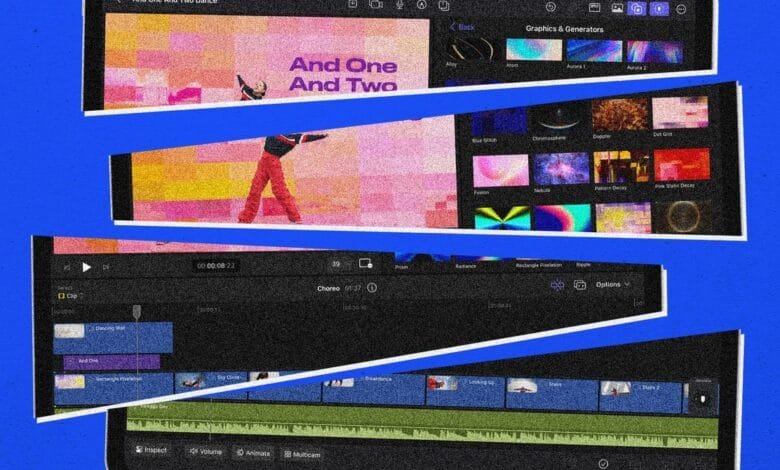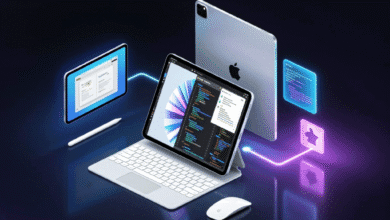Apple Just Killed Steve Jobs’ Original iPad Vision – Here’s Why

▼ Summary
– Apple has shifted from Steve Jobs’ original vision of the iPad as a simple, focused device to making it more like a touchscreen Mac with features like windows in iPadOS 26.
– Jobs initially positioned the iPad as a “third category” between phones and laptops, excelling at tasks like browsing, email, and media consumption.
– Early hints of the iPad’s potential beyond consumption emerged with apps like Brushes and iWork, but limitations like lack of stylus support and file management frustrated users.
– The iPad struggled as a middle-ground device, failing to replace smartphones or laptops, and sales plateaued due to its limited utility and long lifespan.
– A vocal group of users wanting productivity features grew frustrated, as the iPad excelled at focused tasks but fell short for multitasking or complex work.
The iPad has evolved far beyond Steve Jobs’ original vision, transforming from a simple media consumption device into a powerful productivity tool that blurs the line between tablet and computer. What began as a sleek middle ground between smartphones and laptops has gradually adopted features that make it nearly as capable as a MacBook, a shift that would have seemed unthinkable when the first iPad launched in 2010.
Jobs famously positioned the iPad as a “third category” of device, excelling at tasks like web browsing, email, and media playback while offering a more intimate experience than a laptop. Early marketing emphasized relaxation, users curled up on a couch, effortlessly swiping through content. The simplicity was part of the appeal. But even then, cracks in this vision were forming. Developers and creatives saw potential beyond passive consumption, pushing the iPad toward creative work and productivity.
The turning point came when users realized the iPad’s limitations. While it handled basic tasks beautifully, anyone trying to accomplish serious work ran into frustrating roadblocks. Files were trapped inside apps, multitasking was clunky, and the lack of a proper file system made organization a nightmare. Apple’s insistence on keeping the iPad distinct from macOS meant sacrificing functionality that professionals expected.
Over time, pressure mounted. iPad sales slowed as consumers held onto devices longer, realizing they didn’t need frequent upgrades for casual use. Meanwhile, a vocal group of power users demanded more, better multitasking, external display support, and a file system that didn’t feel like an afterthought. Apple responded, but not without resistance. Features like Stage Manager and external monitor support slowly turned the iPad into something resembling a touchscreen Mac, even if the transition has been uneven.
Today’s iPad is a far cry from Jobs’ original concept, and that’s not necessarily a bad thing. The device has matured into a versatile tool that can handle everything from sketching to spreadsheet work, though not without compromises. Some purists mourn the loss of simplicity, while others celebrate the newfound flexibility. One thing is clear: the iPad is no longer just a bigger iPhone or a stripped-down Mac. It’s something in between, still searching for its perfect identity.
(Source: Wired)
